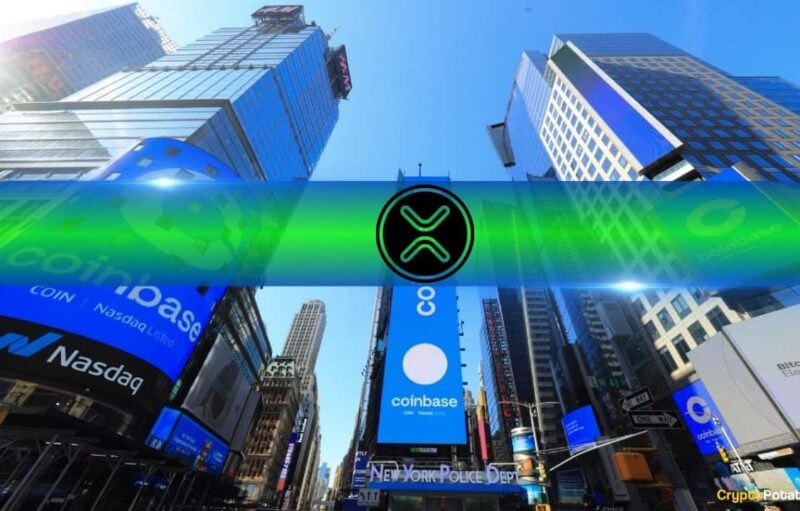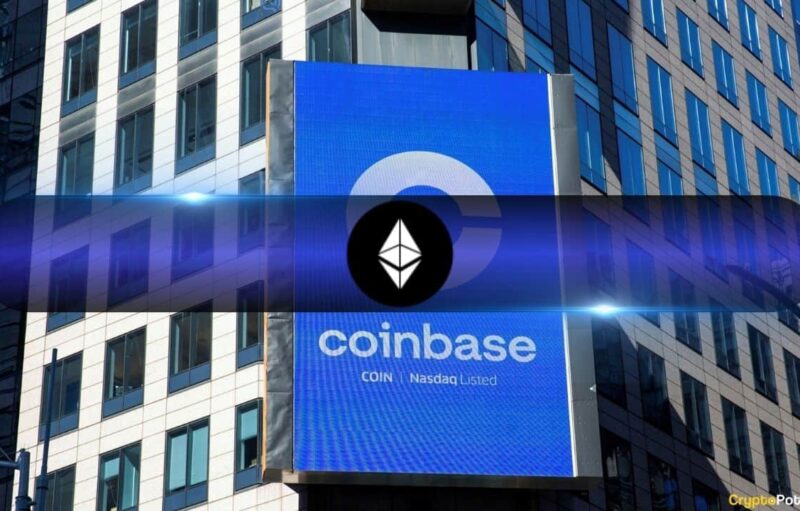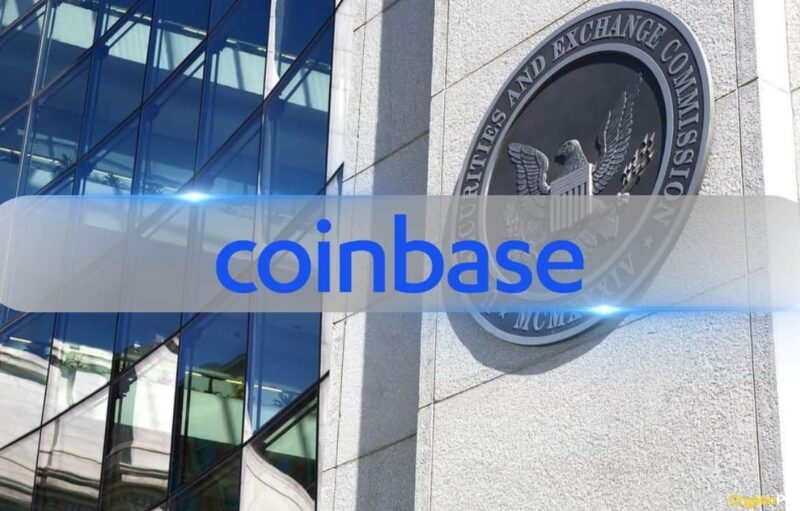By Surojit Chatterjee, Chief Product Officer
Some people say you should measure time in a startup in terms of dog years — every year is like seven normal years. By that measure, I’ve already spent in Coinbase almost as much time I spent at my last role at Google. And it has been a crazy six months — crazy fun, crazy exciting and crazy full of learnings in scaling and growing a company. Of course, the insanity was multiplied a hundred times by the fact that we are also going through an unprecedented global pandemic.
What comes with challenges is growth and understanding. What have I come away with from these first six months? Below are six key themes.
And if you are interested in joining a fast-growing company solving important problems, Coinbase is hiring.
We’ve grown our product, design and engineering teams by more than 50% over the last three months. We were one of the first companies to go “remote first” which widened the pool of candidates we could hire — instead of just from in and around SFO, we’re now hiring anyone across the U.S. Also, surprise-surprise, cutting travel time out seems to save everyone time! It has been much easier to find a quick 30 minutes in a day’s schedule to interview rather than travel for a few hours and block the calendar for half a day.
While hiring at such a rapid pace the big questions in my mind have been: 1) are we hiring the right people? and 2) how do we maintain and grow our culture? One of the big changes we made was to hire for #onecoinbase. This means we don’t hire for specific teams, but rather we hire product managers who are at the top of their game and can take on any challenge. There has been some skepticism about this approach. But we found that hiring great people who can quickly learn new things often trumps hiring those with deep domain knowledge but limited potential for flexibility. The opportunity in the crypto space is constantly evolving and we need great entrepreneurs and builders (see Brian’s more detailed blog post on who should join Coinbase?) in our product and design teams.
Just a few weeks ago we had evacuation fears here in the Bay Area because of the wild fires. This is the first time in my life that I had to figure out if I could only take only a few things from my carefully curated house, what would I take? In other words, what are my priorities? In a space like crypto, new and interesting projects and ideas come up every single week. There is a huge risk with responding to every external stimulus and remaining in a constant reactive mode. One of the pleasant surprises for me at Coinbase was to learn how rigorous the company was in terms of creating quarterly OKRs (Objectives and Key Results). But OKRs are not useful if you have tens of P0s (top priority issues) and hundreds of P1s. We started asking our product managers to strictly stack rank their priorities during quarterly meetings. Stack ranking does not mean we only do one thing, but it helps create clarity and makes decision making easier when it comes to allocating resources.
When you commit to achieving something revolutionary like creating economic freedom for the world, which is our vision at Coinbase, the length and breadth of vision can be daunting. We strongly believe that the way to achieve more economic freedom for everyone is to create an open financial system on top of crypto. These are ambitious goals and the exact steps to reach these are not all completely defined. We are on a multi-decade journey towards this goal. And when we reach it we’ll be disrupting all of finance as we know it today.
Disruption can only come from breakthrough innovation and for breakthrough innovation you’ve got to plant many seeds and not just tolerate, but celebrate failure. That is why we follow a 70/20/10 allocation model to help plant the seeds for the future. We call it Core (70%), Strategic (20%) and Venture (10%). There have often been internal requests to reallocate our 10 or 20 percent efforts to the top ranked 70 percent. This confusion isn’t something unique to Coinbase, or even a smaller start-up. This is a perennial confusion in many tech companies. Prioritization does not mean killing all high beta efforts, it means allocating the right amount of resources to each type of effort. Innovation is a core part of the career framework for our product team at Coinbase. In fact, we expect and encourage our senior staff to step out of their comfort zone and incubate more zero to one projects. No idea is too radical!
As the company scales, it becomes even more important to create harmony between OKRs of different teams. While the teams can choose their routes, they need to all be driving to the same destination. In other words, all teams need to be aligned to a few critical, top level strategic directions. That’s where Company Level OKRs become important — to me these should reflect company strategy and should not be changing every quarter. Specific KRs or metric goals may change, but the overall objective should have some longevity. Company Level OKRs help give teams the necessary context to come up with their own OKRs. These are often not set “top down”, but sourced from the team. It is really important for every team to clearly understand overall product strategy and connect the dots between their team goals and company goals.
Sometimes it is easy to get carried away with the big picture vision and mission at the cost of everyday great execution. I always look for creating a flow or rhythm. Rhythm is broken when teams lose perspective and end up prioritizing their own interest over the company’s interest. When collaboration is broken and teams don’t deal with conflict, and instead play passive aggressive, it can require a spidey sense to sniff out the real source of the issue. Sometimes it comes down to placating a single offended employee hurt by an offhand email from someone on their team or a misinterpreted Slack post, or a comment made during calibration or at a promo panel. The details matter!. Life often throws us curveballs, but with something like COVID-19, we saw the number of individuals going through extremely stressful situations in their own personal lives quickly multiply. Understanding these situations and helping out (sometimes just by listening) is critical to get the rhythm of execution back on track. Remember details matter, empathy matters more! It, sometimes, matters most!
We all approach a problem with our own individual set of beliefs and experiences. Sometimes our experiences help us quickly connect the dots and come up with an intuitive solution faster, while other times it can hold us back. Being wrong is not wrong, being unable to admit you are wrong is the real obstacle to progress. For example, I had some early doubts about how fast Decentralized Finance or DeFi would grow only to see in a few months that DeFi has completely exploded. One of our maverick PMs had a strong conviction and had his team continue to build out gateways into the DeFi ecosystem. This is the culture we hope to build and foster at Coinbase, where teams can try out radical new ideas and they don’t need to wait for top down approval for every single step.
It has certainly been a busy six months, but I’ve never been more excited about the opportunity ahead for me and my teams. Creating an open financial system for the world is a bold objective and getting there will be long journey. If you’re interested in helping us — we’re hiring.
The post appeared first on The Coinbase Blog






